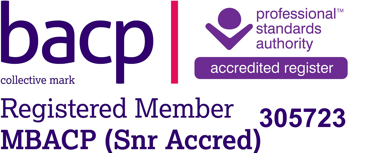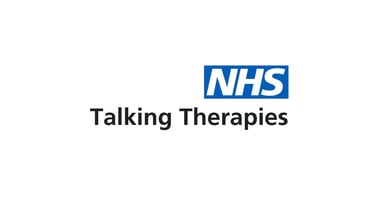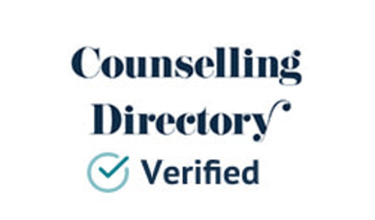When I Couldn’t Tell My Supervisor I Was Sinking
The Importance of Emotional Safety in Supervision


When I Couldn’t Tell My Supervisor I Was Sinking: The Importance of Emotional Safety in Supervision
There was a time early in my counselling career when I sat in supervision feeling like I was wearing a mask. I showed up looking confident and competent—nodding along, presenting my client work as though everything was under control. Inside, though, I was struggling. I felt overwhelmed, unsure, and disconnected from my instincts. But I couldn’t say any of that—I didn’t feel emotionally safe enough.
Looking back, I now see that I’d chosen a supervisor who unknowingly triggered some of my old relational patterns. I felt I had to prove myself, be impressive, and avoid showing any vulnerability. I was caught in a familiar loop of people-pleasing and self-silencing—the very dynamics I help my own clients to notice and unpick. And because of that, I wasn’t growing in the way I needed to.
Why Emotional Safety in Supervision Matters
Clinical supervision is meant to be a space for reflection, growth, and emotional support for therapists. But without a foundation of emotional safety, supervision can start to feel performative—more about proving your competence than exploring your growing edges. If we can’t be honest about our doubts, our mistakes, our stuck points, or our fears, we miss out on the deeper developmental work that helps us become more effective, more attuned therapists.
Therapy is relational, and supervision is too. Feeling seen, accepted, and supported by your supervisor is essential. It’s what allows you to bring in the messier parts of the work—the times when you feel stuck, when a client touches a raw nerve, or when you wonder if you’re making a difference. These are often the moments that hold the richest potential for insight and growth—if there’s space to explore them.
Signs of Safe and Relational Supervision
How do you know if your supervision space offers emotional safety? Here are a few clues:
-You feel able to say, “I don’t know,” without shame.
-You’re encouraged to reflect and explore—not perform or impress.
-You can bring your emotional responses to client work without fear of judgement.
-There’s room to be vulnerable and human, not just professional.
-Feedback feels collaborative and curious, rather than critical or hierarchical.
-This kind of relational supervision can be transformative—not just for your clinical work, but for your own wellbeing as a therapist.
Finding the Right Clinical Supervisor
Choosing the right supervisor is about so much more than qualifications—it’s about connection. Do you feel truly heard and understood? Does your supervisor support your clinical development while honouring your emotional process? Do they recognise and respect your unique therapeutic approach, especially if you work inclusively or with neurodivergent or LGBTQIA+ clients?
Now, as a clinical supervisor myself, I hold those early experiences close. They remind me of what can get in the way of honest, reflective practice—and how important it is to offer something different. I aim to create a space where supervisees feel safe enough to be real. My style is warm, grounded, and collaborative. I especially love supporting therapists who work relationally and inclusively.
If you’ve ever felt like you can’t bring your full self into the supervision room, please know you’re not alone. And it’s not a reflection of your capabilities—it might simply mean you haven’t found the right fit yet.
Supervision should be a space that supports and nourishes you, not one that leaves you drained or doubting yourself. Emotional safety in supervision isn’t a luxury—it’s a necessity for meaningful, sustainable therapeutic work.
If you're looking for a supervisor who values relational depth and emotional safety, I'd love to hear from you. Let’s find a way of working that supports you to grow, not just as a practitioner—but as a whole person.






